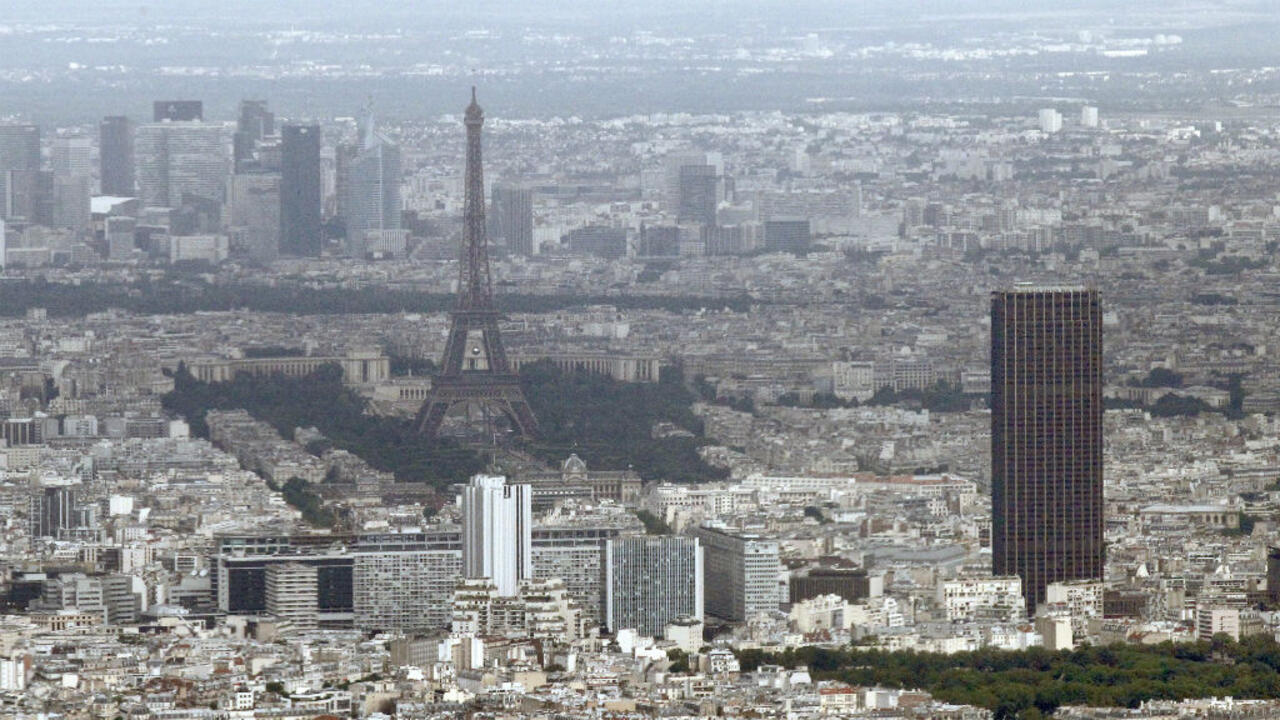Mystery Drone Paris: The recent appearance of an unidentified drone over the City of Lights has sparked a whirlwind of speculation. Was it a sophisticated act of espionage, a reckless display of vandalism, or something far more sinister? This incident raises crucial questions about national security, technological capabilities, and the ever-evolving challenges of urban surveillance. We’ll delve into the drone’s potential specifications, explore possible motives behind its deployment, and examine the legal and security implications of this intriguing event.
The mystery surrounding this drone’s capabilities, purpose, and operator is compounded by Paris’s dense urban landscape and significant security infrastructure. The potential for both surveillance and malicious activities adds a layer of complexity, prompting investigations into various scenarios and the implications for countermeasures. We’ll explore the possible flight patterns, payloads, and technological advancements that could have enabled such clandestine operations within a heavily monitored environment like Paris.
The Drone’s Specifications and Capabilities
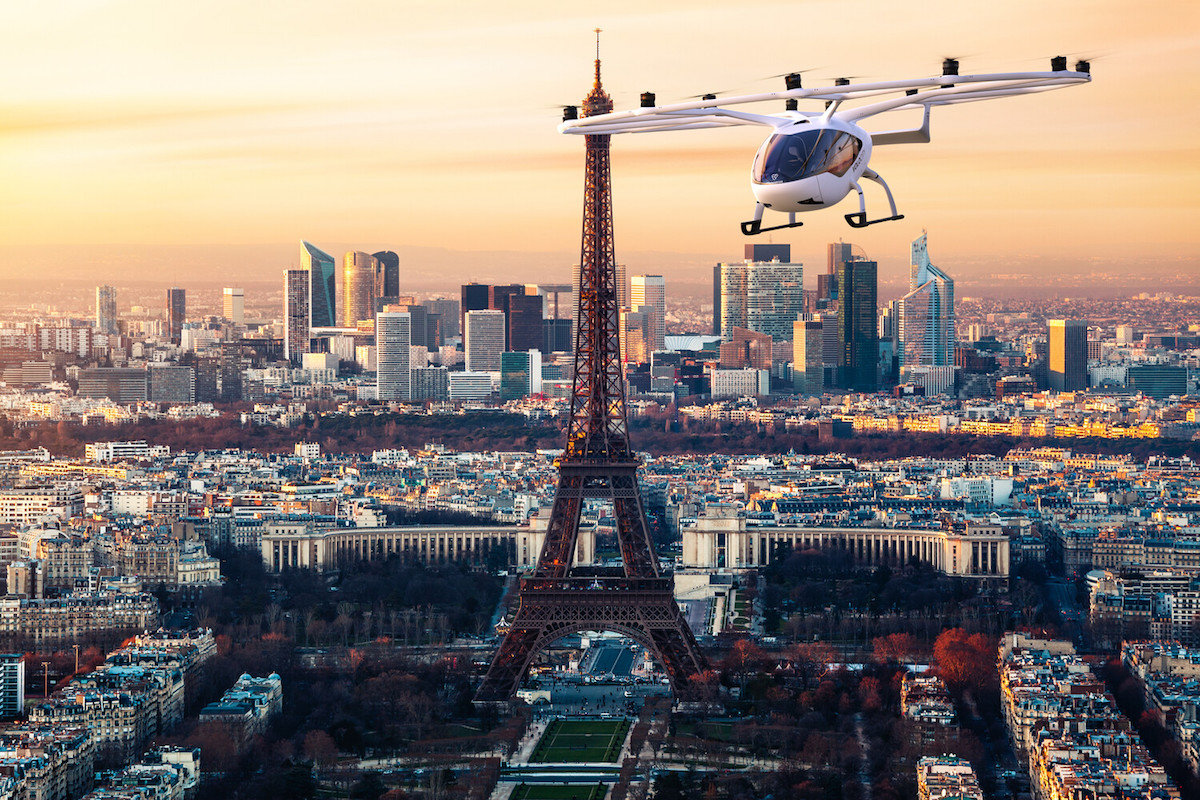
A drone capable of operating undetected in a city as densely populated and surveilled as Paris would require a sophisticated design incorporating several key features. Its specifications would need to balance stealth with functionality, making it a challenging engineering feat. The following details explore the likely characteristics of such a device.
Drone Size and Flight Duration
The drone would likely be small, perhaps no larger than a large bird, to minimize visual detection. A size of around 40-60 centimeters in wingspan would allow for maneuverability in tight spaces while remaining relatively inconspicuous. To achieve extended flight times necessary for sustained surveillance or operation, the drone would probably utilize high-capacity batteries and energy-efficient motors. A flight duration of at least 2-3 hours would be desirable, perhaps achievable through the use of swappable battery packs or advanced battery technology.
Think of a design similar to the size and flight capabilities of a commercially available DJI Mavic 3, but significantly more stealthy.
Camera Capabilities and Stealth Technologies
The drone’s camera system would need to be high-resolution and capable of capturing both still images and video in low-light conditions. Thermal imaging capabilities would enhance its effectiveness, particularly at night or in obscured areas. To minimize detection, the drone might employ materials that absorb or deflect radar signals, reducing its radar cross-section. Advanced camouflage techniques, such as adapting the drone’s appearance to blend with its surroundings, would further enhance its stealth capabilities.
Imagine a drone with a carbon fiber chassis coated with a radar-absorbent material, coupled with a high-resolution, low-light camera capable of thermal imaging. Its software would likely include sophisticated image stabilization and noise reduction algorithms.
That whole mystery drone thing in Paris got me thinking about drone safety. It’s a reminder that even with advanced tech, things can go wrong, like that orlando drone show accident which highlighted the importance of proper regulations and pilot training. Hopefully, investigations into the Paris drones will lead to better safety measures for everyone, preventing similar incidents in the future.
Potential Payloads
The payload capacity would be limited by the drone’s size and weight constraints. For surveillance purposes, this might include miniature high-definition cameras, microphones, and data storage devices. More concerningly, the drone could potentially carry smaller explosive devices or chemical payloads, although this would significantly compromise its stealth capabilities and greatly increase the risk of detection. The use of such payloads would require careful consideration of the size, weight, and activation mechanisms to ensure successful deployment without compromising the drone’s operational parameters.
A realistic scenario might involve a drone carrying a small, high-resolution camera, a GPS tracker, and a data storage device capable of storing several hours of video and audio recordings.
Flight Patterns for Evasion
To avoid detection, the drone would need to utilize unpredictable flight patterns, avoiding straight lines and predictable routes. It might utilize techniques like loitering near landmarks, blending with bird flight patterns, or taking advantage of natural obstacles for cover. Flying at low altitudes and exploiting blind spots in surveillance systems would be crucial. The drone’s flight control software would likely incorporate algorithms to dynamically adjust its flight path based on real-time environmental data, such as wind speed, air traffic, and the presence of security personnel.
Think of the drone’s flight path as a constantly adapting route, much like a predator seeking its prey. It would use the environment for cover, making sharp turns and weaving through buildings to avoid detection.
Possible Motives Behind the Drone’s Deployment
A mystery drone over Paris raises immediate questions about its purpose. Understanding the possible motives requires considering the capabilities of the drone itself (already discussed) and the potential targets and vulnerabilities within the city. Several scenarios, ranging from relatively simple acts of vandalism to highly sophisticated espionage operations, must be considered.The sophistication of the drone’s technology and the planning involved in its deployment are crucial factors in determining the likely motive.
A simple, commercially available drone used for a brief, opportunistic act of vandalism would require far less planning and technical expertise than a sophisticated, custom-built drone designed for long-term surveillance or the delivery of a dangerous payload.
Espionage as a Motive
Espionage is a plausible motive, particularly given Paris’s status as a global center for politics, finance, and diplomacy. A drone could be used to conduct surveillance on high-profile individuals, government buildings, or sensitive infrastructure. The level of sophistication required would be high, demanding advanced capabilities such as long flight times, high-resolution cameras, and potentially even data encryption and secure data transmission.
Targets could include the Élysée Palace (the presidential residence), the French Ministry of Defence, or embassies of foreign powers. Successful espionage operations often rely on meticulous planning, careful selection of targets, and robust counter-surveillance measures. Consider the hypothetical example of a drone equipped with advanced thermal imaging and zoom capabilities, positioned to observe activity within a specific embassy compound over an extended period.
This would require not only a technically advanced drone but also a detailed understanding of the target’s routines and security protocols.
Surveillance as a Motive
Surveillance, while potentially overlapping with espionage, can also be undertaken for a wider range of purposes. This could involve monitoring public gatherings, tracking the movement of specific individuals, or gathering intelligence on infrastructure vulnerabilities. The level of sophistication required would depend on the scale and duration of the surveillance. Simple surveillance might only require a drone with a basic camera and relatively short flight time, while more extensive operations could require advanced features such as facial recognition software or the ability to relay data in real-time.
Potential targets for surveillance could range from large-scale events like the Paris Marathon to more specific locations like major transportation hubs (e.g., Gare du Nord) or critical infrastructure points (e.g., power substations). The use of drones for surveillance has become increasingly common, with both law enforcement and private entities utilizing this technology. For example, drones equipped with thermal imaging have been used to monitor large-scale protests or to search for missing persons.
Acts of Vandalism or Terrorism as a Motive
While less sophisticated than espionage or large-scale surveillance, acts of vandalism or terrorism using a drone are still significant threats. A drone could be used to deliver a small explosive device, spray paint on a building, or cause minor damage to infrastructure. The level of sophistication required would be relatively lower compared to espionage, focusing more on the payload and the ability to reach the target.
Potential targets could range from iconic landmarks like the Eiffel Tower to more vulnerable infrastructure like power lines or communication towers. The impact of such actions, even if relatively small-scale, could be significant, causing disruptions, fear, and potentially substantial economic losses. The use of drones for acts of vandalism or minor terrorism is a growing concern globally, with several incidents documented in various cities.
Consider, for example, the potential use of a drone to drop small incendiary devices onto a densely populated area, causing widespread panic and property damage. Such an action would require relatively simple drone technology but significant planning and risk assessment.
The Legal and Security Implications
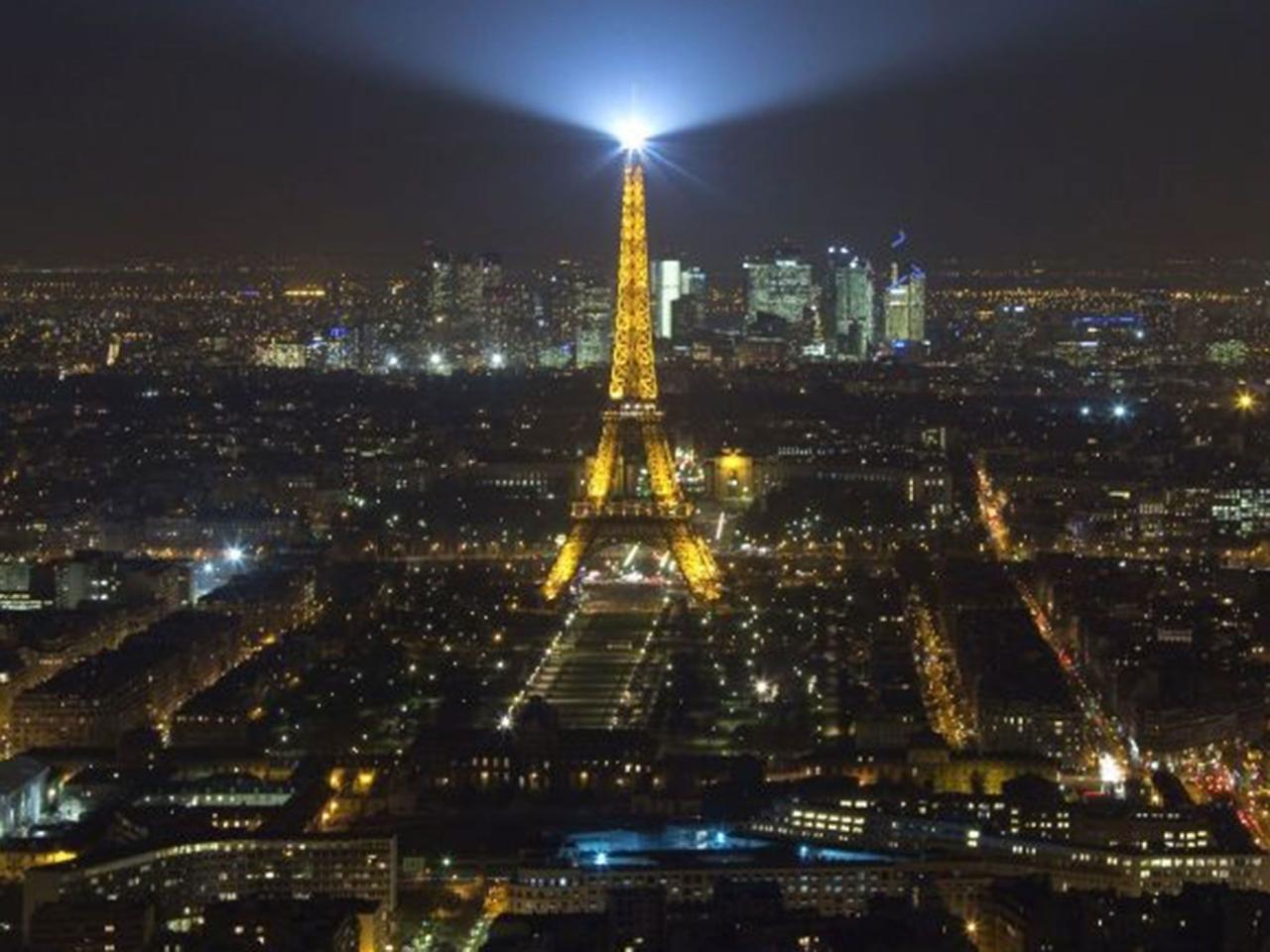
The unauthorized operation of drones over Paris presents significant legal and security challenges. French law strictly regulates drone usage, particularly in sensitive areas like the city center, and violations can lead to substantial fines and even imprisonment. Furthermore, the potential for malicious use, such as delivering explosives or conducting surveillance, necessitates robust security protocols to mitigate risk.
Relevant French Laws and Regulations
French regulations concerning drone operation are complex and multifaceted, drawing from both national and European Union legislation. Key laws pertain to airspace restrictions, operator licensing, and drone registration. For instance, flying drones near airports or protected monuments is strictly prohibited, requiring specific authorization. Operators must adhere to strict weight limits and maintain visual line of sight with their drone.
Failure to comply with these regulations can result in hefty fines, ranging from several hundred to several thousand euros, depending on the severity of the violation. In cases involving serious security risks, criminal charges can be filed, leading to imprisonment. The French Directorate-General for Civil Aviation (DGAC) is the primary authority responsible for enforcing these regulations. Their website provides detailed information on drone regulations and licensing procedures.
Potential Security Protocols and Countermeasures
Preventing future drone incidents requires a multi-layered approach. This includes enhancing detection capabilities through the deployment of advanced radar systems, radio frequency jammers, and drone detection networks capable of identifying unauthorized aerial vehicles. These systems should be integrated with a centralized command and control center that allows for real-time monitoring and rapid response. Furthermore, implementing stricter regulations on drone sales and registration, coupled with robust background checks for drone operators, can help deter malicious use.
Public awareness campaigns educating citizens about the risks associated with unauthorized drone operation can also contribute to enhanced security. Finally, developing and deploying counter-drone technologies, such as nets, directed energy weapons, and GPS jamming, offers effective means of neutralizing rogue drones. The effectiveness of these countermeasures, however, depends on their ability to accurately identify and target unauthorized drones while minimizing collateral damage.
Hypothetical Scenario: Response to a Mystery Drone Incident
Imagine a scenario where an unidentified drone is detected hovering suspiciously near the Eiffel Tower. The DGAC, in collaboration with the Parisian police and national security services, would immediately initiate a coordinated response. First, attempts would be made to identify the drone’s operator and its origin through tracking its signal and analyzing its flight path. If the drone poses an immediate threat, counter-drone technology may be deployed to neutralize it safely.
Simultaneously, a thorough investigation would commence, involving the analysis of drone wreckage (if recovered), review of security camera footage, and interviews with potential witnesses. Depending on the findings, the investigation could involve various agencies, including the French intelligence services. If the drone is found to have been used for malicious purposes, such as surveillance or an attempted attack, the perpetrators would face severe penalties under French law, potentially including lengthy prison sentences and substantial fines.
The incident would also trigger a review of existing security protocols to identify any vulnerabilities and implement necessary improvements. This response mirrors the established protocols used by other countries facing similar challenges, adapting to the specific context of Paris and its significant landmarks.
Public Perception and Media Coverage
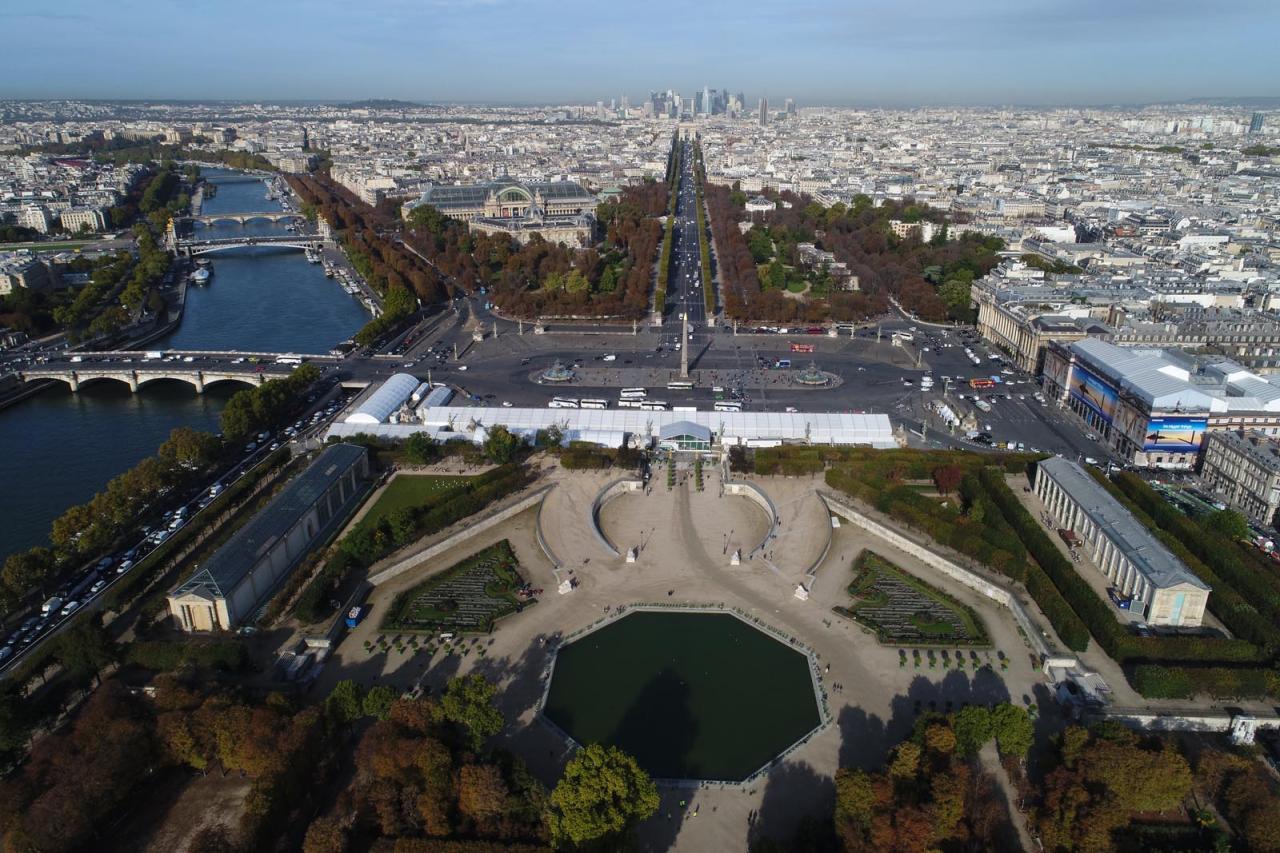
The discovery of a mystery drone over Paris would undoubtedly spark a media frenzy, igniting a firestorm of speculation and public anxiety. The city’s iconic landmarks and its status as a global hub would amplify the event’s significance, leading to widespread international coverage. The initial reactions would likely range from fascination and curiosity to fear and distrust, depending on the information available and the perceived threat.The initial reports would likely focus on the drone’s appearance, its location, and any unusual activity observed.
Social media would immediately become a primary source of information and speculation, with hashtags like #ParisDrone, #MysteryDrone, and similar terms trending globally. Citizens would share photos and videos, contributing to a rapid spread of both factual and fabricated information. Online forums and news sites would be flooded with theories, ranging from benign explanations (e.g., a malfunctioning device) to far more sinister interpretations (e.g., espionage, terrorism).
The diversity of opinions and the speed at which information—and misinformation—spreads would make it challenging to discern credible sources from unreliable ones.
Social Media Reactions and Public Discourse, Mystery drone paris
The initial social media response would likely be a mix of alarm, excitement, and humor. Videos and pictures of the drone would quickly go viral, accompanied by a variety of comments, ranging from concerned observations about national security to jokes about the drone’s possible intentions. However, as more information emerged (or failed to emerge), the tone could shift.
If authorities remained tight-lipped or if initial investigations yielded no clear answers, anxieties would likely increase, fueled by speculation and conspiracy theories. This could lead to a polarized public discourse, with some demanding swift action from authorities and others expressing skepticism or cynicism about official explanations. The incident could also become a platform for discussions about privacy, surveillance, and the potential misuse of technology.
The reactions would be amplified by the global reach of social media, potentially leading to international concerns and debate.
Timeline of Events Following the Drone Discovery
A potential timeline could unfold as follows:* Day 1-2: Initial reports and social media frenzy; early investigations begin; authorities release a brief, cautious statement acknowledging the incident and promising an investigation.
Day 3-5
Increased media coverage; speculation runs rampant online; experts weigh in with various theories; authorities may release limited information about the drone’s specifications or flight path.
Day 6-10
Investigations intensify; potential leads are pursued; conflicting reports and rumors emerge; authorities may issue more detailed statements, possibly addressing public concerns.
Day 11-14
Authorities might announce preliminary findings, perhaps identifying the drone’s owner or purpose; public reaction would depend heavily on the nature of these findings. If the mystery remains unsolved, the media attention might gradually subside, but online speculation could persist.
Beyond Day 14
So, you’re curious about those mysterious drones buzzing around Paris? It’s a pretty wild story, right? Check out this article for more info on the whole mystery drone Paris situation; it dives into the various theories and official responses. Ultimately, the mystery of these drones remains a fascinating case study in urban airspace security.
The story could fade from the headlines unless significant new developments occur, such as the arrest of a suspect or the revelation of a previously unknown detail.
Alternative Narratives Based on Evolving Information
The narrative surrounding the drone incident could change dramatically depending on the information uncovered. For example:* Narrative 1 (Benign): If the drone is identified as belonging to a university or research institution conducting authorized aerial photography or testing, the initial alarm would likely subside. The media narrative would shift to one of a simple misunderstanding or a lack of proper communication.
Public reaction would transition from concern to perhaps amusement or mild annoyance.* Narrative 2 (Malicious): If the drone is linked to a terrorist organization or foreign government, the narrative would become one of national security threat. The public response would likely be one of fear and outrage. The media would focus on the potential danger and the government’s response.
This scenario would also likely lead to increased security measures and heightened public vigilance.* Narrative 3 (Accidental): If the drone was accidentally flown into restricted airspace due to malfunction or operator error, the narrative would be one of negligence or technical failure. Public reaction might be a mixture of frustration and concern about safety regulations. The focus would shift towards improving drone safety protocols and enforcement.The narrative’s evolution will depend entirely on the evidence and the actions taken by authorities.
Transparency and timely communication from officials would be crucial in shaping public perception and mitigating potential anxieties.
Visual Representation of Potential Scenarios: Mystery Drone Paris
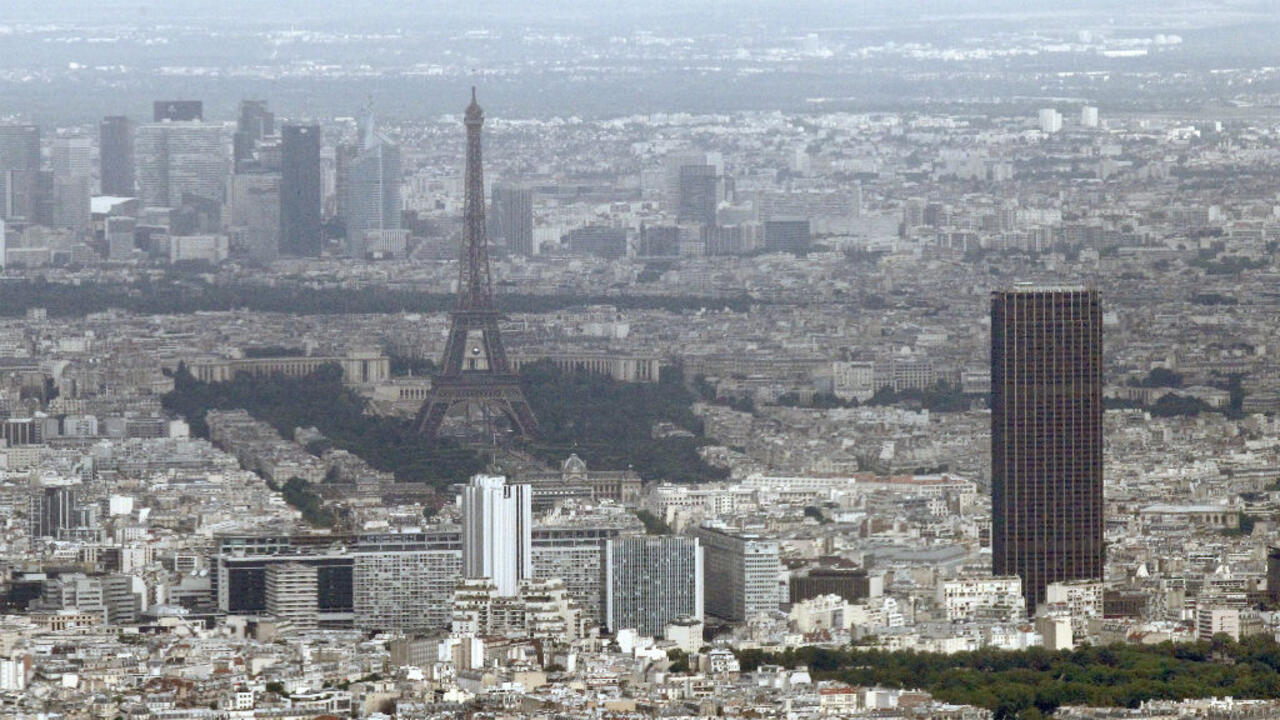
Visual aids can significantly enhance our understanding of the Paris drone mystery. By imagining specific scenarios and pieces of evidence, we can better grasp the complexities of the situation and the potential investigative paths. The following descriptions aim to create vivid mental images of key aspects of the case.
Nighttime Drone Operation Near the Eiffel Tower
Imagine a nighttime scene in Paris. The Eiffel Tower, brilliantly lit, dominates the skyline. The dark Parisian sky is punctuated by the faint glow of distant city lights. A small, black drone, almost invisible against the night sky, hovers near the Eiffel Tower’s base. The drone’s propellers create a faint, almost inaudible whirring sound.
Long shadows stretch from the tower and surrounding buildings, obscuring details in the darkness. The drone’s camera lens, a tiny glint of light, reflects the city lights, hinting at its surveillance capabilities. The overall atmosphere is one of secrecy and potential threat. The contrast between the iconic, brightly lit Eiffel Tower and the stealthy, shadowy drone creates a visually striking and suspenseful image.
Close-up of a Hypothetical Piece of Evidence
The image focuses on a small, sophisticated microchip recovered from the drone’s wreckage. The chip is rectangular, about the size of a fingernail, with a matte black surface. Its surface is subtly textured, with microscopic lines and markings barely visible to the naked eye. A faint, almost imperceptible laser-etched serial number is discernible under magnification. The chip’s edges are precisely cut, exhibiting a clean, almost surgical precision.
Tiny gold connectors gleam faintly, suggesting advanced circuitry within. The overall impression is one of high-tech sophistication, hinting at the possible origins and capabilities of the drone. The level of detail and the unique markings are crucial pieces of evidence that could potentially lead investigators to the drone’s manufacturer or operator.
Potential Drone Models and Capabilities
The following table Artikels potential drone models and their capabilities, offering a comparison to help contextualize the Paris drone mystery. Real-world examples like the DJI Matrice series or smaller, more covert models are considered to provide a realistic range of possibilities.
That whole mystery drone situation in Paris is pretty weird, right? Lots of speculation about its origin and purpose. It makes you wonder if maybe it’s related to incidents like the one described in this article about a drone crash in Paris , which could offer clues. Perhaps this crash is a piece of the puzzle, shedding light on the mysterious drone’s background.
Solving this mystery is going to take some serious detective work!
| Drone Model | Range (km) | Payload Capacity (kg) | Camera Resolution (MP) |
|---|---|---|---|
| Hypothetical Model A (Covert) | 10-15 | 0.5 | 12 |
| Hypothetical Model B (Surveillance) | 20-30 | 2 | 48 |
| Hypothetical Model C (Advanced) | 50+ | 5 | 80+ |
| DJI Matrice 300 RTK (Example) | 15-28 | 2.7 | 48 |
Final Thoughts
The mystery drone sighting over Paris serves as a stark reminder of the evolving technological landscape and its implications for security. From sophisticated surveillance capabilities to potential threats, the incident highlights the need for robust countermeasures and a thorough understanding of the motives behind such operations. The ongoing investigation and public discourse surrounding this event underscore the importance of vigilance, technological advancement, and international cooperation in addressing these emerging challenges.
FAQ Corner
What types of surveillance equipment could a drone carry?
High-resolution cameras, thermal imaging sensors, and potentially even microphones for audio surveillance.
What are the potential penalties for illegal drone operation in Paris?
Significant fines and potential imprisonment, depending on the severity of the violation.
Could the drone have been used for terrorism?
While possible, evidence would be needed to support such a claim; it’s one of several possible motives under investigation.
How could authorities track down the drone’s operator?
Through analysis of flight patterns, potential signal traces, and investigation of any recovered drone components or associated equipment.
